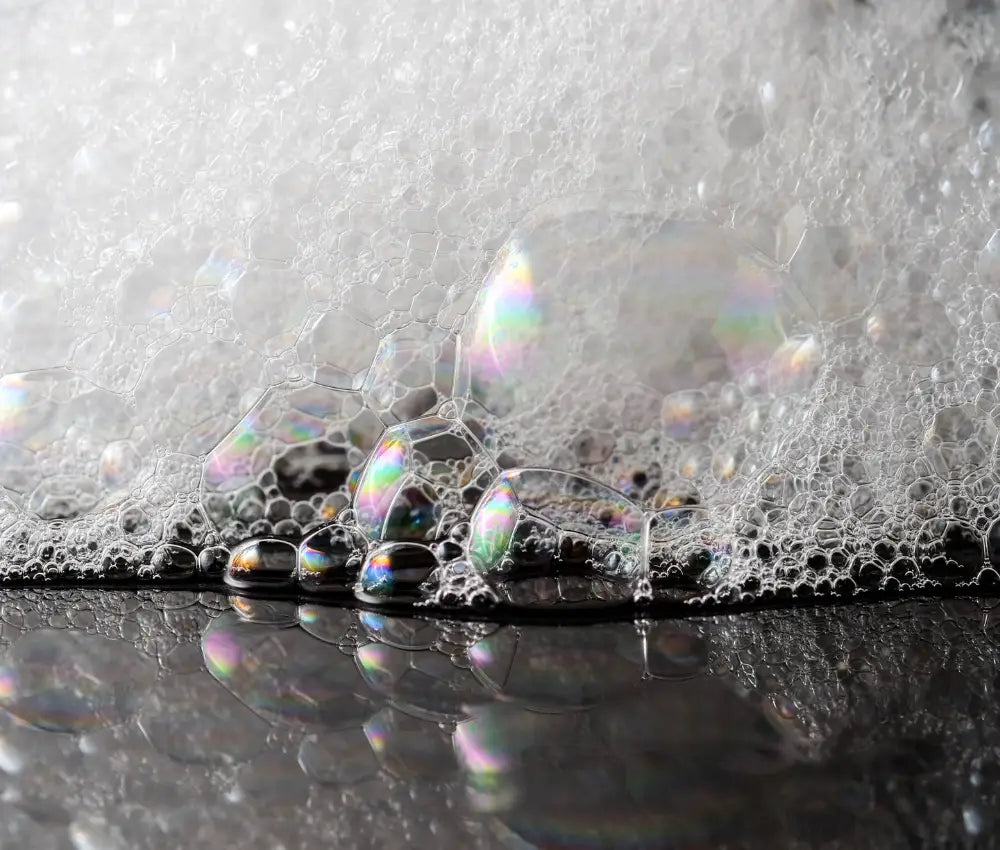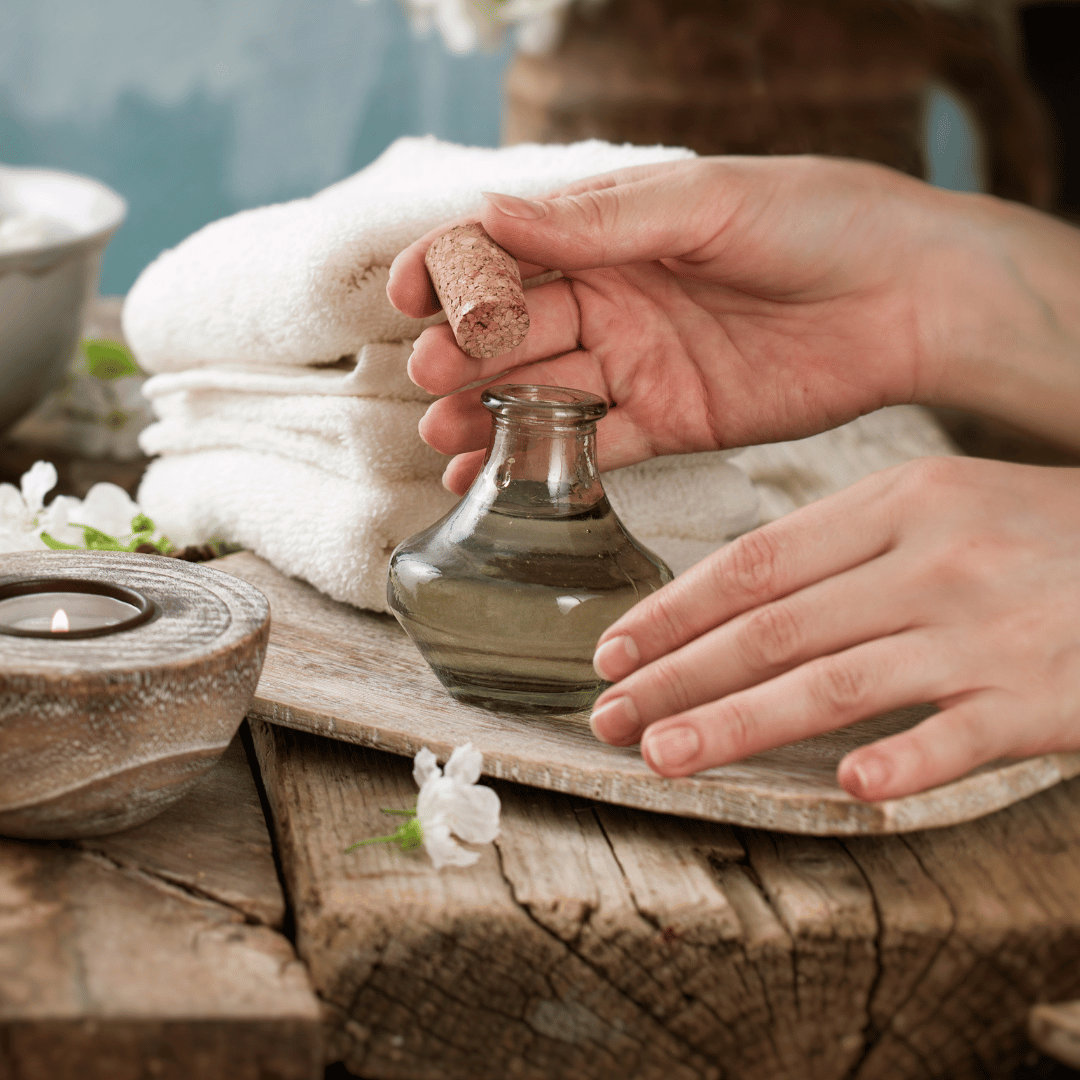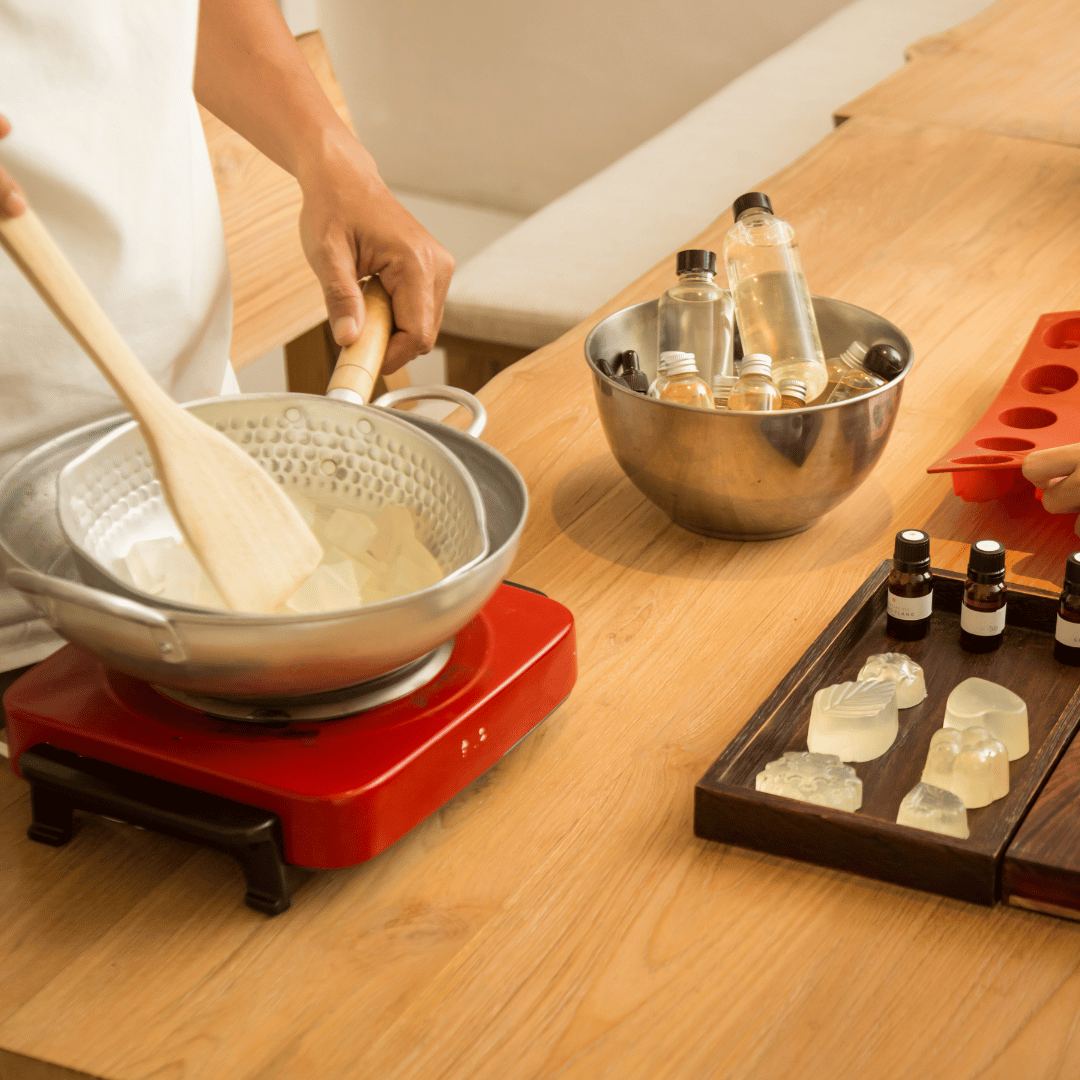Let’s learn about cleansers!

Starting with the Basics
Cleansers work via a class of ingredients called surfactants (that stands for surface active agents).
Surfactants cleanse and build foam by acting at the surface between fat and water (surface-active agents or surfactants). They are able of being mixed with water and fat of the skin, allowing dirt to be removed. Based on their cleansing power surfactants are classified into primary and secondary or co-surfactants. Based on the chemical structure there are anionic, amphoteric, non-ionic, and quaternary agents.
Sometimes, surfactants are used as detergents (bubbly, foaming, cleansing-focused ingredients), and sometimes they’re used as emulsifiers (non-foaming ingredients that make oil and water play nice within a formulation – for example, creams and lotions, or oil cleansers that rinse off cleanly with water).
Surfactants are also very useful for homemade soaps (particularly liquid soaps) to improve lathering and decrease harshness. They are added to the oil-lye mixture during the boiling procedure. Surfactants greatly accelerate and improve the soap making process.
Types of Surfactants
There are four types of surfactants: anionic, cationic, amphoteric, and non-ionic.
According to this study, “the order of surfactant potential for SC [stratum corneum] alteration and skin irritation is cationic=anionic>amphoteric>nonionic.” Translated, that means cationic and anionic are the most likely to irritate your skin and disrupt your moisture barrier; amphoteric is less likely; and non-ionic is the least likely. Of course, this varies widely surfactant-by-surfactant, but it’s a good general rule of thumb.
Anionic
As you may remember from high school chem, an anion is a negatively-charged molecule (with more electrons than protons). Anionic surfactants have a strong negative charge, which makes them extremely effective cleansers, but they can also be harsh.
This group of surfactants is also the most commonly used among foaming product productions, like shampoos or body washes. The reasoning for this is because the anionic surfactant's primary functions are creating high foam, high cleansing, and high washing capabilities in a finished product.
The most common anionic surfactant is soap. Others you might recognize are sodium lauryl sulfate (SLS) and sodium laureth sulfate (SLES). Speaking generally, anionic surfactants lather well and make lots of foam, and also have a higher incidence of irritation. Other examples of anionic surfactants are Sodium sulfates, Ammonium sulfates, sulfosuccinates, sarcosines, sarcosinates, isethionates, and taurates.
Cationic
The opposite of anionic, cationic surfactants have a positive charge. (For all of these surfactants, the charge is held on the hydrophilic side; the lipophilic side doesn’t have a charge.)
Cationic detergents are very effective but extremely harsh, so you see them more in household cleaners than facial cleansers. Common ingredients are benzalkonium chloride and cetrimonium bromide. Cationic surfactants do have antimicrobial properties, so you’ll sometimes see them in medical or prescription cleansers.
Cationic emulsifiers are much more common in beauty products. They’re a fundamental part of hair conditioners – they bond to your negatively-charged hair follicle, and they’re why your hair stays soft even after you rinse out the conditioner. Some common cationic surfactants used in bath and body recipes.
Amphoteric
Amphoteric surfactants have both positive and negative charge – their final charge depends on the pH they’re in.
These guys are milder and less irritating than the single-charge surfactant types above, so they’re popular in facial cleansers and gentle shampoos. The downside is that they foam less. They are also the second most used surfactants in the industry. Common amphoteric surfactants are Coco Bentaine, Lauryl Bentaine, and Hydroxysultaines.
Non-ionic
Have no foaming capabilities which is why this group of surfactants are rarely used as a recipe's main surfactant But, just because it doesn't foam, it doesn't mean it does cleanse. Some surfactants display no charge whatsoever, and we call those non-ionic. Similar to cationic, non-ionic detergents are often very harsh and we rarely see them in skincare.
Some common nonionic surfactants used in bath and body recipes are your Polysorbates, Emulsifying Wax NF, E-wax, Glyceryl Oleate, Glyceryl Stearate, ingredients with the prefix PEG, Ceteareths, Oleths, Sorbitans, Lauryl Glucoside, and Polyglycose.
In summary, surfactants are amazing little compounds found in many items we use every day like adhesives, bath gels, creams, lotions, frozen foods, chewing gum, inks, and fabric softeners; just to name a few! There are four main applications of surfactants particularly in just bath and body recipes. They include: cleansing, solubility, emulsifying, and conditioning.
Some other additional aspects of surfactants to bath and body recipes include: the potential to increase stability of a product; certain surfactants can be used as thickening agents; due to the composition of a surfactant, some maintain anti-microbial elements and therefore can be used as preservatives; there are even some that have the capability to reduce irritation allowing for a milder product on the skin.




Comment
Please advise % of Cocamide Diethanolamine (CDEA) in 100gms soap base for creamy lather